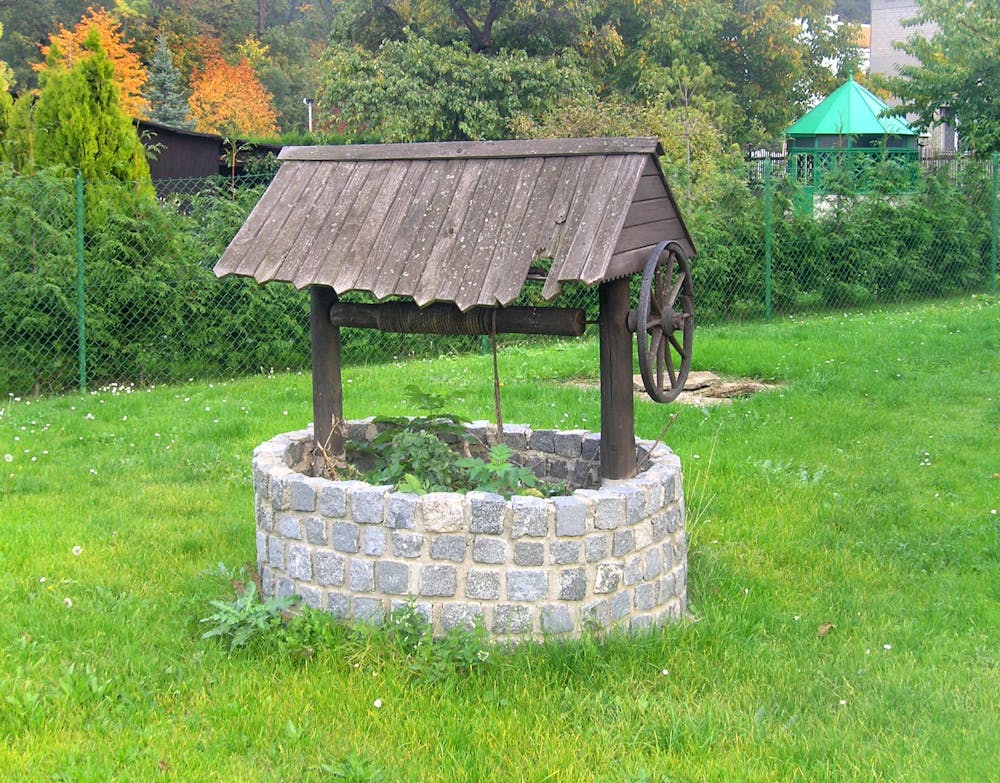There is one thing we constantly consume that we don’t usually give a second thought to: drinking water. A new Duke study on groundwater challenges that lack of attention.
The researchers studied concentrations of four elements in North Carolina groundwater: arsenic, vanadium, chromium and uranium. They found that combinations of these elements could pose health risks, even when the level of contaminants does not violate federal safety regulations.
“Around 84% of the wells sampled in the Kings Mountain Belt and the Charlotte and Milton Belts of the Piedmont region contained concentrations of vanadium and chromium, in its more toxic hexavalent form, that exceeded health recommendations from the North Carolina Department of Health and Human Services,” said Rachel Coyte, a doctoral candidate in earth and ocean sciences who led the study, in a news release.
Despite the violation of state guidelines, none of the wells surveyed violated Environmental Protection Agency regulations, according to the news release.
In addition, the combination of multiple contaminants can pose increased health risks, but current regulations are “not equipped to address” this situation, wrote Avner Vengosh, professor of earth and ocean sciences, whose lab conducted the research, in an email to The Chronicle.
The issue could extend beyond the borders of North Carolina, Vengosh added.
“The aquifers from which we found high concentrations of geogenic contaminants extend beyond North Carolina into South Carolina, Georgia and even Virginia, a large area known as the Piedmont where a very large population uses groundwater as the major drinking water source,” he wrote.
However, since these contaminants mostly occur in groundwater, certain populations are put at considerably more risk than others.
“People who use groundwater from a private well are those who are most likely exposed to these contaminants,” Vengosh wrote.
Private wells are not regulated in the United States, he explained, so there are no regulations to protect people who use them. It is instead up to individuals to install treatment devices to remove contaminants from the water.
As water sources are becoming more stressed due to climate change and population growth, groundwater is becoming more important as a source to meet water needs, Coyte said in the release. Therefore, a greater understanding of the mixture of contaminants that exist in groundwater has become increasingly critical in understanding the potential health risks.
But for now, Duke students can take comfort in knowing that the water they drink on campus is spared from these risks.
“Durham uses surface waters not groundwater,” Vengosh wrote. “Since these contaminants occur in groundwater but not in surface water, there are no risks from these contaminants for the Duke community."
Get The Chronicle straight to your inbox
Signup for our weekly newsletter. Cancel at any time.

